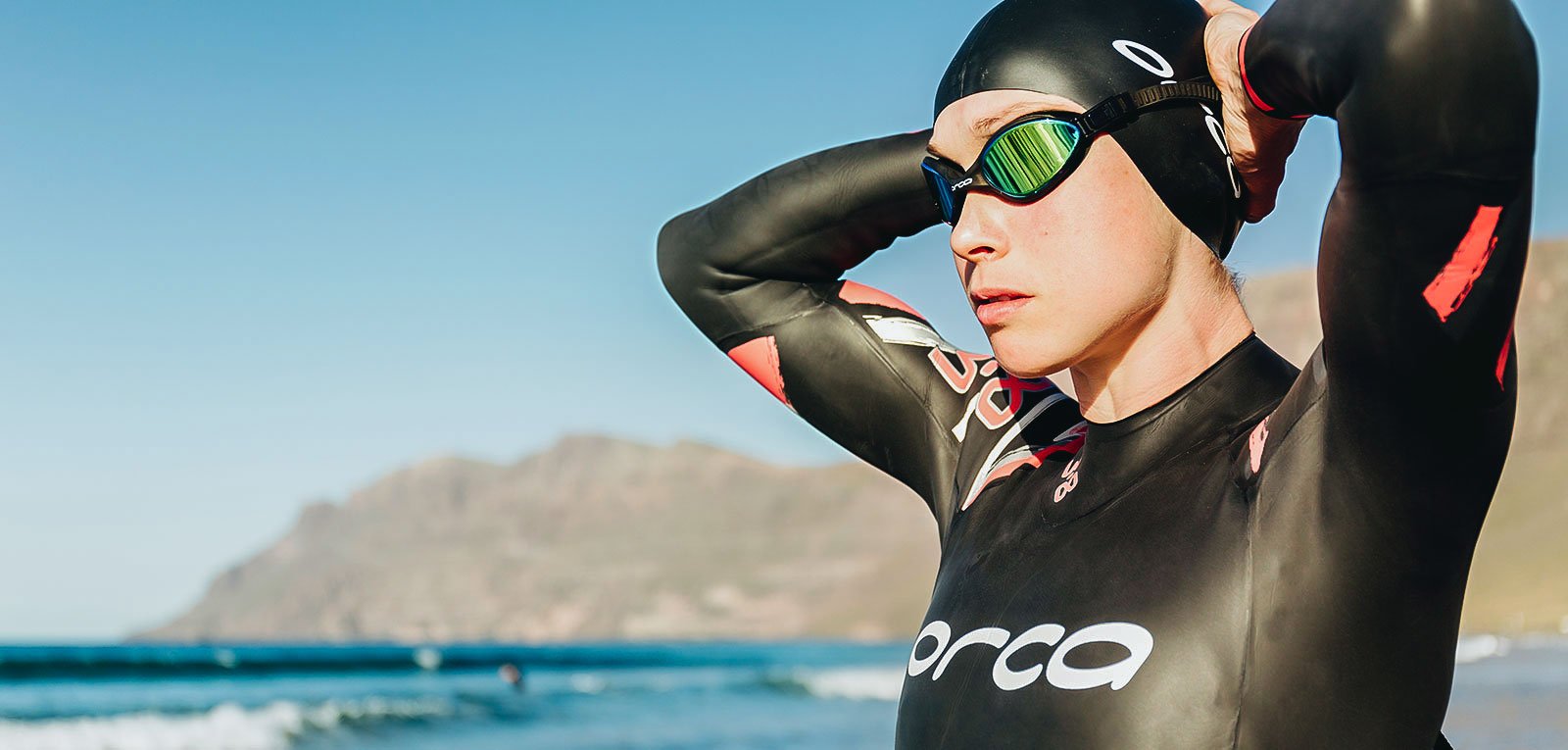Whether you’re preparing for your first triathlon or training for a long-distance open-water swim, having the right wetsuit can dramatically elevate your performance. More than just a layer of neoprene, a wetsuit is a critical piece of gear that supports comfort, safety, and speed.
However, choosing the right wetsuit isn’t one-size-fits-all—it depends on your skill level, swim conditions, and the type of activity you’re engaging in. From beginner-friendly suits that emphasize comfort and buoyancy to elite-level wetsuits engineered for competitive performance, there’s a lot to consider.
To make the process easier, GRIT+TONIC offers a trusted, curated selection of high-quality wetsuits and performance gear tailored to swimmers, triathletes, cyclists, and runners alike.
2. Why Wetsuits Matter
A well-chosen wetsuit offers multiple benefits that go beyond just keeping you warm:
- Thermal insulation: Maintains body temperature in cold water, reducing fatigue and risk of hypothermia.
- Buoyancy: Helps position your body higher in the water, which can improve speed and efficiency.
- Hydrodynamics: Reduces drag and allows for smoother movement through the water.
Beyond performance, wetsuits also contribute to safety (by increasing visibility and flotation) and comfort, which are crucial during long training sessions and races. Choosing the right wetsuit can make the difference between struggling through the water and powering through with confidence.
3. Key Features to Consider When Buying a Wetsuit
When shopping for a wetsuit, pay attention to these essential elements:
- Material & Thickness: Most wetsuits use neoprene, but variations in thickness (typically 1.5mm to 5mm) impact warmth and flexibility. Thicker neoprene insulates better, while thinner areas improve mobility.
- Fit & Comfort: The wetsuit should feel snug but not constrictive. Gaps or water pockets mean poor fit; a good wetsuit should almost feel like a second skin.
- Zipper Types:
- Back Zip: Easy to get on and off, ideal for beginners.
- Chest Zip: Better flexibility and water resistance, popular with intermediate swimmers.
- No Zip: Minimal drag and maximum flexibility for competitive athletes.
- Buoyancy Panels: These are strategically placed to improve posture in the water, keeping legs and hips elevated.
- Range of Motion: Especially around the shoulders and arms—look for suits with flexible materials in these areas.
- Seams & Stitching: Flatlock stitching is common in warmer water suits, while glued and blind-stitched seams are more watertight and suitable for cold water.
4. Wetsuit Recommendations Based on Skill Level
Beginner
- Focus on comfort, warmth, and buoyancy.
- Look for forgiving fits with moderate flexibility.
- Choose budget-friendly options that are durable and easy to put on.
Intermediate
- Seek a balance between comfort and performance.
- Increased flexibility allows for natural movement, especially in the shoulders.
- Better hydrodynamic design with thinner neoprene in key areas.
Advanced / Competitive Athlete
- Opt for premium materials that offer maximum flexibility and minimal drag.
- Look for suits with engineered panels for optimized buoyancy and stroke efficiency.
- Features like quick-release cuffs and advanced zippers make transitions faster during races.
5. Wetsuit Types for Different Sports
- Triathlon Wetsuits: Designed for fast removal and optimal buoyancy for open-water swimming—perfect for races.
- Open-Water Swim Wetsuits: Emphasize insulation and extended range of motion to support long-distance swimmers.
- Surf Wetsuits: Built for warmth and flexibility but not ideal for endurance swimming—best reserved for surfing, not triathlons.
6. Sizing and Fit Tips
A good fit is critical for performance and comfort:
- Always check brand-specific sizing charts, as sizes can vary.
- Try the wetsuit on in person when possible, or consult with experts at specialty retailers like GRIT+TONIC.
- Signs of a proper fit:
- No loose areas or water pockets.
- No chafing or restricted breathing.
- Should feel tight out of water but not painfully so.
7. Care and Maintenance
To extend the life of your wetsuit, follow these care tips:
- Rinse with fresh water after every use to remove salt, chlorine, and debris.
- Dry inside out in a shaded area—avoid direct sunlight.
- Store flat or hung on a wide hanger to prevent creasing.
- Avoid sharp objects, harsh detergents, and wringing out the wetsuit.
8. Where to Buy Your Wetsuit
Choosing the right wetsuit is easier when you shop with knowledgeable experts. That’s where GRIT+TONIC comes in.
“Whether you’re a beginner swimmer or a seasoned triathlete, GRIT+TONIC offers a curated selection of wetsuits and performance gear for swimming, triathlon, cycling, and running—making it easier to find the right fit for your goals.”
From entry-level suits to high-performance gear, GRIT+TONIC provides guidance and gear that supports your ambitions.
9. Final Thoughts
Choosing a wetsuit isn’t just about price or style—it’s about matching the suit to your skill level and goals. Beginners may need comfort and ease, while competitive athletes will benefit from lightweight, performance-focused designs.
Take your time to assess the features that matter most to your activity type and body fit. And if you’re ready to upgrade your swim game, check out the wetsuit collection at GRIT+TONIC—a trusted source for athletes who want the best in endurance sports gear.


